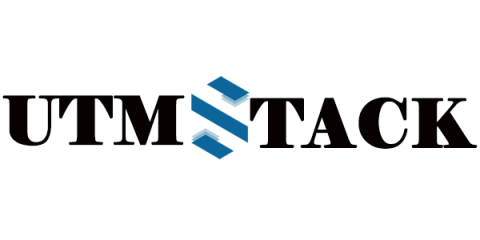Threat Actor Deploys Malicious Packages Using Hex Encoding and Delayed Execution
Over the past week, the WhiteSource security team has found several instances of packages that use unusual techniques to disguise malicious intent. These techniques differ from what we have usually seen in the past, such as base64 and JS obfuscation. This time, we are seeing a malicious actor use hex encoding to hide the malicious behavior of the package.











